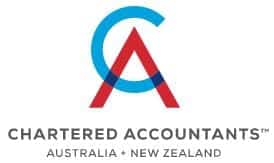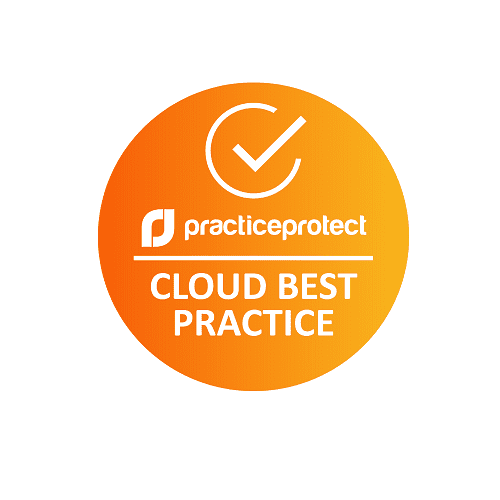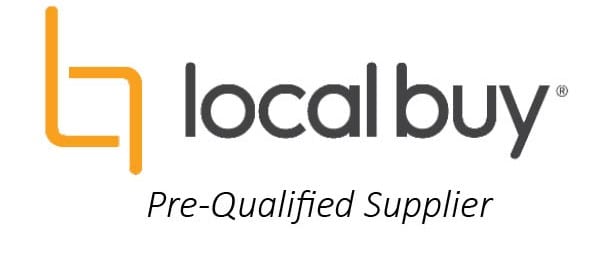Mastering workflow management stands as the cornerstone of success for audit firms. Beyond mere scheduling of work, it serves as a catalyst for client satisfaction and team effectiveness, especially in today’s fast-paced audit landscape where adaptability is paramount.
Here are eight (8) key strategies to master workflow management in your Audit Firm:
-
Review and Refine Your Client Listing
Before you begin diving into when and how to do the work, it is important to take time to confirm the listing of clients to be included in your workflow. This should occur on a 6-monthly basis (at a minimum). Focus should be on clients which align with the firm’s underlying values and ethics as well as those which meet the firms core services.
The remaining client listing can then be further refined based on their specific characteristics. Are they a for-profit or not-for-profit? What industry do they operate in? Are there any common themes which can be best served by a specialised team?
-
Establish and Streamline the Teams Roles and Responsibilities
Your team is the backbone of your business so the key to managing a successful audit team is to spread the responsibility. Empowering team members through tailored training fosters ownership and competence with their designated roles. This collective competence is the backbone of a successful audit, where each member is a vital link in the chain of accountability and performance.
At National Audits Group, our teams follow the following structure:
Engagement partner – Takes ultimate responsibility for the engagement, quality of work, directing and supervising the delivery of work to clients.
Engagement manager – Mentors and coaches the lead auditor on audit strategy, approach, engagement delivery. They also review work performed by the team and report any issues or concerns to the engagement partner.
Lead auditor – Responsible for client set-up, delivering the audit plan as well as delegating tasks and providing training to the support auditors as needed. They also perform a peer review of work performed by support auditors and reports any issues or concerns to the engagement manager.
Support auditor(s) – Performs work delegated by the lead auditor and/or manager as and when required. A high focus is placed on training and mentoring these team members.
This structure reduces bottlenecks and increases efficiency and teamwork.
-
Align the Right People to the Right Work
This next step is critical to ensure your firm is getting the right people, to the right work, at the right time. Team assignment requires an understanding of not only your client needs but also your team’s skills, specialisation, and experience.
At National Audits Group, we have defined teams which now specialise in either the for-profit or not-for-profit space. This allows the team to develop in areas of core focus which are then assigned to client engagements based on the characteristics identified in Step 1.
Allocation of work is then further refined based on client and industry experience (such as registered clubs, aged care sector, and funded community organisations etc).
-
Be Proactive by Planning and Scheduling Your Work
A robust schedule is the bedrock of streamlined audit workflow which requires precision planning and discipline. Looking six (6) months ahead can substantially bridge the expectation gap with clients, establish a foundation for your team to work towards, and provides more reliable cash flow forecasting which is based on team capacity and timing of billing.
At National Audits Group, we schedule and invoice our work using project management techniques. This is based on clear and precise milestones, including:
- Completion of Planning and Issuance of Engagement Checklists;
- Completion of Interim/Final Field Work Procedures; and
- Issuance of Draft/Final Packages.
Using consistent project output requirements allows the team to develop engagement completion timelines which are discussed and approved with clients, prior to commencing the work. It also provides all parties involved with key dates outlining when work must be performed.
-
Take Advantage of Systems and Tools
Systems and tools should work for you and not against you, whether that be sophisticated project management software or a simple excel calendar worksheet. Mapping out the 6-month plan in a centralised platform provides the team with peace of mind to concentrate on current activities rather than all activities. This allows for ‘focus’.
Platforms like Outlook can also be used to send calendar reminders to not only the team, but also to your clients. For example, implementing reminders for clients such as “Records Due in 2-3 Days” can lead to a more efficient audit with records being provided in a complete and timely manner. The same reminder “Records Due in 2-3 Days” to your team equally provides an opportunity for the team to contact the client to confirm if they have any questions regarding requests made and if they require any assistance or changes to the engagement timeline.
Regardless of the systems and tools used, the reliability and accuracy of the information being maintained is critical to the success of managing your workflow. Restrictions and other safeguards should be considered as part of the ongoing maintenance of the ‘database’ to ensure the teams workflow, engagement status, and schedules can be managed effectively.
-
Reduce the Impact of ‘Peak Season’
As auditors we operate in an extremely deadline driven environment which requires flexibility, adaptability, and forward planning. Our teams are employed to work the same hours each week, however, ‘peak periods’ have historically required employees to work additional hours and within a condensed period of time.
This leads to burnout, inability to meet client expectations, and a negative experience for those working within the profession. Workflow should be managed in a way that requires constant, yet steady, productivity from your team within existing core hours.
It is crucial for audit teams to perform the work over a longer period of time with as much work as possible being performed prior to the client’s ‘year-end.’ Planning, interim procedures, preparation of financial statements, key disclosure and other reporting matters can mostly be completed prior to year-end.
Scheduling your work over a 6–9-month period will reduce the level of stress and burnout on your team, and result in a higher quality audit being delivered to your clients.
-
Operate in ‘Ready Mode’ not ‘Crazy Busy Mode’
The most important element in workflow management, is how resilient we can be in managing the stress and ‘craziness’ of the ‘busy’.
There is a fantastic Ted Talk by an Emergency Room Doctor on ‘Triaging your “Crazy Busy” life’. The video explores the benefits of introducing a prioritisation system which uses similar methodology as those used within an Emergency Room – click here to listen.
For example, these tactics can be altered and introduced by audit practitioners to enhance workflow management in high pressure periods, i.e.:
- Code Red : Urgent and important work, immediate action is required by the team.
- Code Yellow : Work which is important but under control/in-progress, requires strategic monitoring to ensure work remains on track.
- Code Green : Work is scheduled and next to commence, requires check-ins for client readiness and updates for team capacity/allocation alterations.
- Code Black : Work or tasks we just need to say no to, reassign, or let go.
Updating your work-planner on a 1-2 week basis using these tactics will enable your team to maintain a more balanced workload in which they are ‘ready’ to handle.
-
Communication is Key
Open lines of communication within the team and with clients are essential. Strategies such as implementing internal team meetings ‘huddles’, staff check-ins, and job flow management meetings will ensure the team are all working towards the same outcome and can collaborate more effectively.
Its also critical to the client that communication remains constant and that we work closely with them from the start to the end. Communication shouldn’t be limited to emails and checklists. A healthier audit/client relationship stems from your investment in them which comes from making phone calls, visiting their place of work, and video meetings.
The more you invest at the start, the better the outcome at the end. See our recent article on ‘Building Strong Client Relationships: Best Practice for Audit Firms.’
In Summary
Mastering workflow management offers a variety of benefits to your team and your clients. It results in enhanced productivity with less downtime, improved collaboration with greater communication and transparency, promotes adaptability and resilience, and leads to greater employee and client satisfaction with clearer expectations. Embracing the right methodologies and tools ultimately enables you to get the right people, to do the right things, at the right time.
If you’d like further information on how National Audits Group can assist you with your external audits, contact our team on 1300 734 707.
Danielle Nye-Read, Director
National Audits Group | www.audits.com.au












